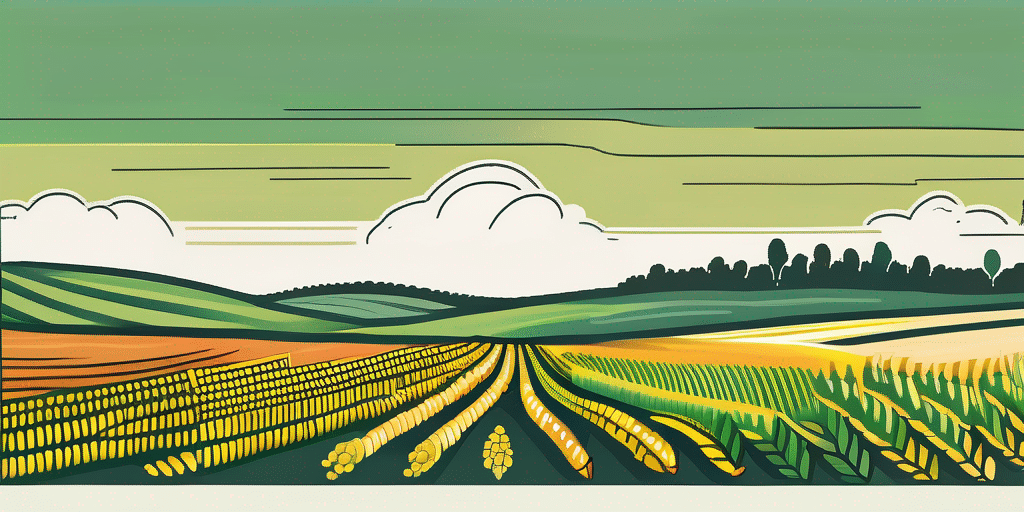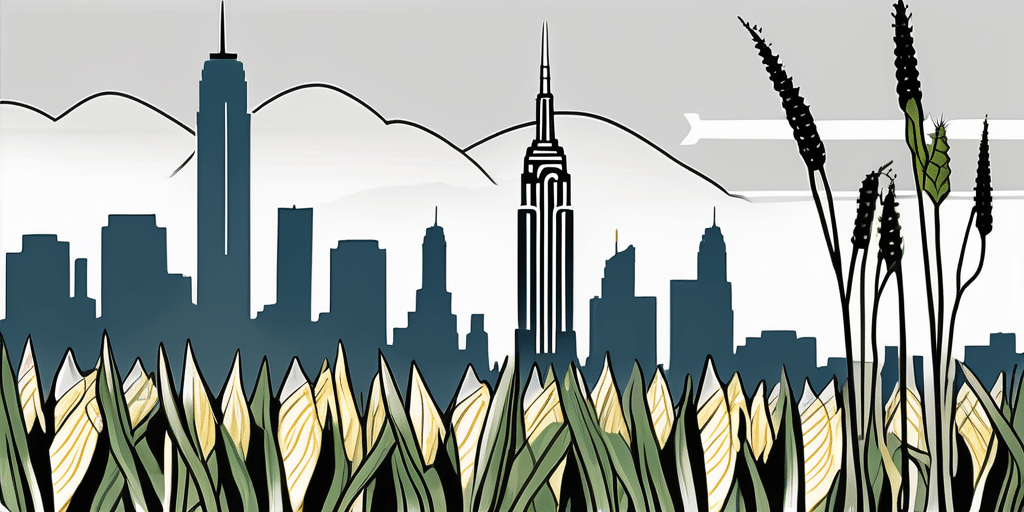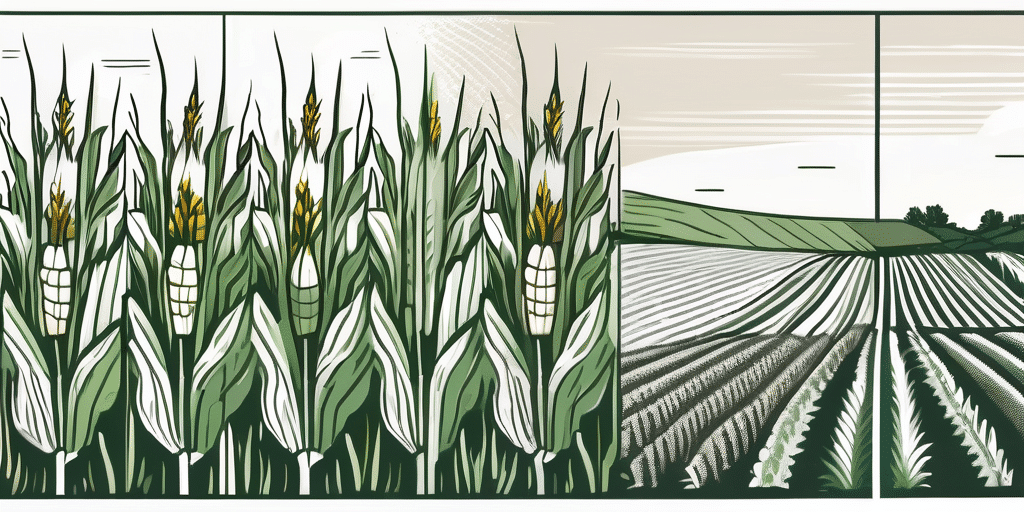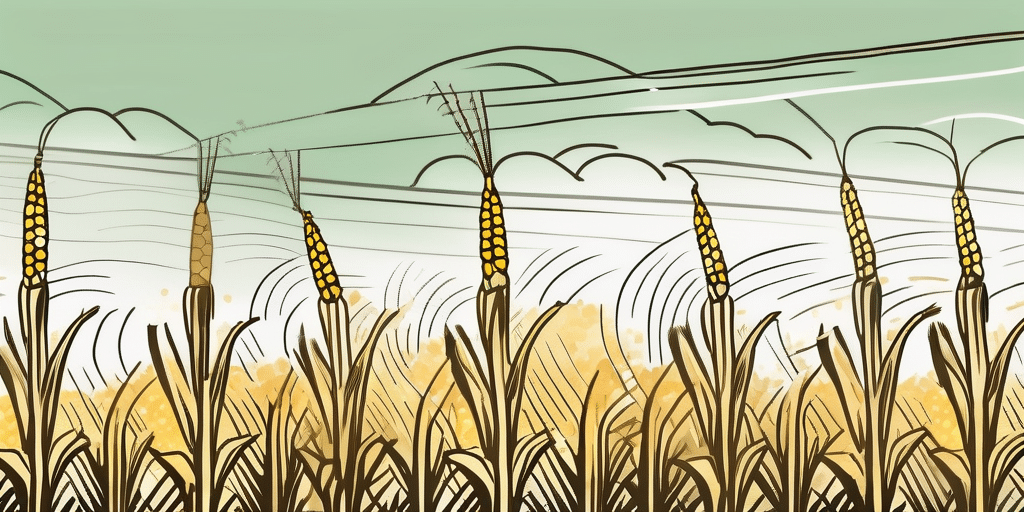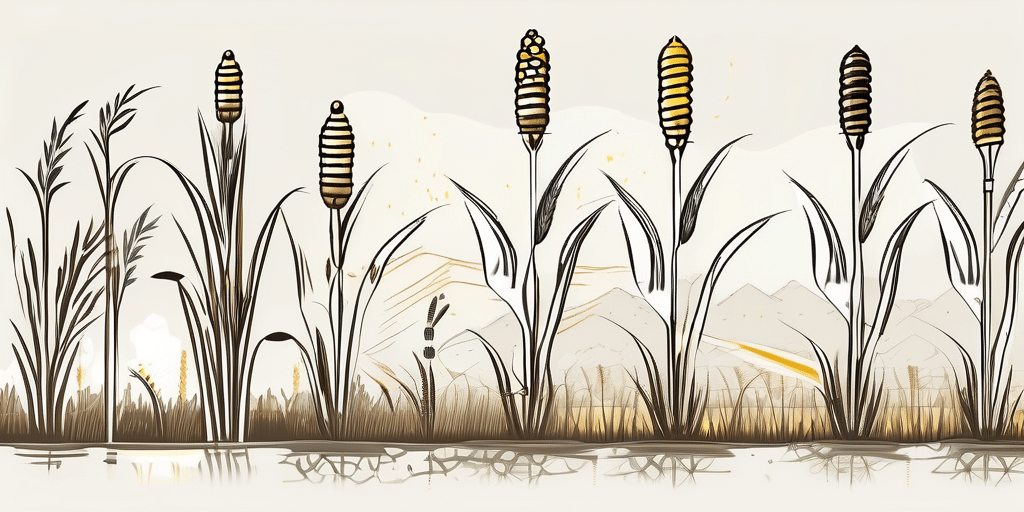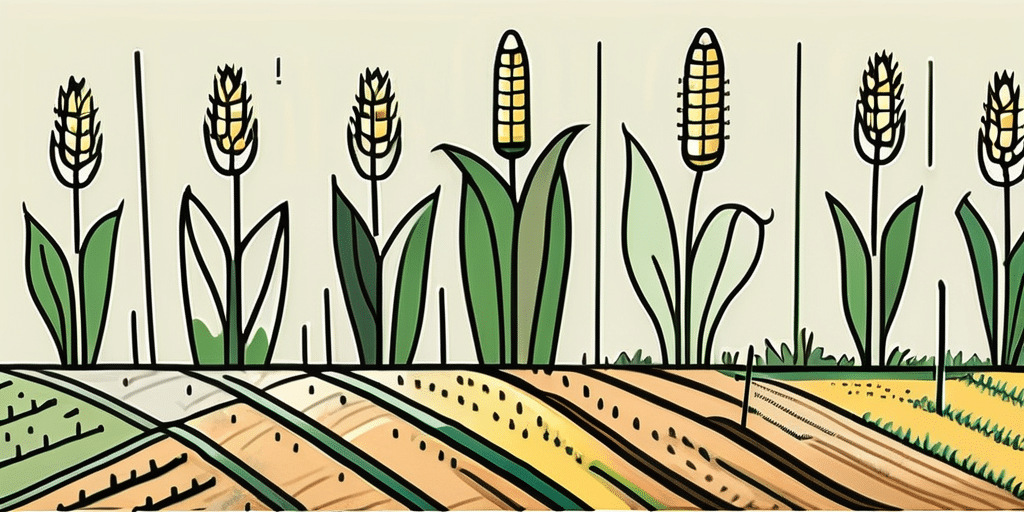Hello there! Are you interested in growing Montauk Corn in Alabama? Well, you’ve come to the right place! In this article, we’ll discuss when to plant Montauk Corn in Alabama, how to grow it, and answer some frequently asked questions. So let’s get started!
Climate & Hardiness Zones in Alabama
Before we dive into planting and growing Montauk Corn, it’s important to understand the climate and hardiness zones in Alabama. The climate in Alabama is generally warm and humid, perfect for growing corn. The state is divided into three hardiness zones: zone 7 in the northern part of the state, zone 8 in the central region, and zone 9 in the southern part. Knowing your specific hardiness zone will help you determine the ideal planting and harvesting times for Montauk Corn.
Alabama’s warm and humid climate provides an excellent environment for a variety of crops, including not only corn but also cotton, soybeans, and peaches. The state experiences hot summers and mild winters, with average temperatures ranging from 60°F (15.5°C) in January to 90°F (32.2°C) in July. These temperature ranges are conducive to the growth of a wide range of agricultural products, making Alabama a vital agricultural hub in the southeastern United States.
In addition to its diverse agricultural landscape, Alabama is also known for its rich history in farming and agriculture. The state has a long tradition of crop cultivation, with practices passed down through generations. From the fertile soils of the Black Belt region to the rolling hills of the Appalachian foothills, Alabama’s agricultural heritage is deeply rooted in the land. Farmers in Alabama take pride in their work, utilizing both traditional and modern farming techniques to ensure bountiful harvests year after year.
When to Plant Montauk Corn in Alabama
Now that you have an idea of the climate and hardiness zones in Alabama, let’s talk about when to plant Montauk Corn. The best time to plant Montauk Corn in Alabama is typically in late spring or early summer, when the soil temperature reaches around 55°F (13°C) or higher. This usually occurs between mid-April and early May. Planting too early when the soil is still cold can result in poor germination, so it’s important to be patient and wait for the right conditions.
If you live in zone 7, you may need to wait until late May or early June to ensure frost dangers have passed. In zones 8 and 9, planting can also be extended into early June if you’re looking for a later harvest.
Montauk Corn, also known as Alabama’s golden treasure, has a rich history deeply rooted in the state’s agricultural heritage. The corn variety was first introduced to Alabama farmers in the late 1800s and quickly gained popularity for its exceptional taste and adaptability to the local climate. Today, it remains a beloved staple in many Alabama households, cherished for its sweet, juicy kernels and versatility in various culinary creations.
When it comes to planting Montauk Corn, it’s not just about the timing; proper soil preparation is also crucial for ensuring a successful harvest. By following a few simple steps, you can create an optimal environment for your corn to thrive.
How to Prepare the Soil for Montauk Corn
Before planting Montauk Corn, it’s important to prepare the soil properly. Here’s a step-by-step guide:
- Choose a location with full sun exposure, as corn thrives in sunlight.
- Clear any weeds or debris from the planting area.
- Loosen the soil using a garden fork or tiller to a depth of at least 8 inches.
- Add organic matter such as compost or well-rotted manure to improve soil fertility and drainage. Aim for a 2-3 inch layer.
- Use a garden rake to level the soil surface.
- Consider conducting a soil test to determine the pH level and nutrient content of your soil. This will help you make any necessary amendments to create the ideal growing conditions for Montauk Corn.
How to Plant Montauk Corn
Now let’s move on to planting Montauk Corn. Here’s a step-by-step guide:
- Sow the corn seeds directly into the prepared soil. Dig a hole or trench about 1-2 inches deep and space the seeds about 6-8 inches apart.
- Cover the seeds with soil and gently firm it down.
- Water the planting area thoroughly to ensure good seed-to-soil contact.
- Keep the soil consistently moist but not waterlogged during the germination period, which typically takes 7-10 days.
- As the corn plants grow, thin them to a final spacing of 12-18 inches apart to provide adequate room for each plant to develop.
- Consider using organic mulch, such as straw or shredded leaves, to help conserve moisture, suppress weeds, and regulate soil temperature.
When to Harvest or Pick Montauk Corn in Alabama
Finally, let’s talk about when to harvest or pick your delicious Montauk Corn in Alabama. Montauk Corn is typically ready for harvest within 70-90 days after planting, but this can vary depending on weather conditions and your specific hardiness zone.
Here’s how to know when your corn is ready to harvest:
- The husks will start to turn brown and dry out.
- The silks (hair-like structures on the ear) will become brown and start to dry out.
- Gently peel back the husk of one ear to check the kernels. If they are plump and milky, your corn is ready to harvest. If they are still small and watery, give them a bit more time.
Once your Montauk Corn is ready, simply twist and pull the ear downward to remove it from the stalk. Enjoy the fruits of your labor!
Alabama’s climate provides an excellent environment for growing Montauk Corn, with its warm summers and mild winters. The state’s diverse geography, ranging from the coastal plains to the mountainous regions, offers different microclimates that can influence the growth and maturity of corn crops.
When planting Montauk Corn in Alabama, it’s essential to consider the soil quality and drainage to ensure optimal growth. Corn thrives in well-drained, fertile soil with a pH level between 6.0 and 6.8. Adding organic matter such as compost or aged manure can help improve soil structure and nutrient content, promoting healthy corn plants.
Frequently Asked Questions
Now, let’s address some frequently asked questions about Montauk Corn:
Q: Can Montauk Corn be grown in containers?
A: While Montauk Corn generally prefers to be grown directly in the ground, it is possible to grow it in large containers. Just make sure the container is at least 12-18 inches deep to accommodate the corn’s root system.
Q: How often should I water Montauk Corn?
A: Corn plants need consistent moisture, especially during hot and dry periods. It’s best to water deeply once or twice a week, providing about 1 inch of water per week. Monitor the moisture levels and adjust watering accordingly.
Q: How can I protect Montauk Corn from pests?
A: Corn can attract pests such as corn borers and earworms. To protect your Montauk Corn, using organic pest control methods is recommended. Some options include using row covers, attracting beneficial insects like ladybugs, or applying organic insecticides if necessary.
Q: Can I save seeds from Montauk Corn for next year?
A: Yes, you can save seeds from Montauk Corn for next year’s planting. Allow the ears to fully mature and dry on the stalk. Once dry, remove the kernels from the cob and store them in a cool, dry place in an airtight container until ready for planting.
And there you have it! A comprehensive guide on planting and growing Montauk Corn in Alabama. Remember to always refer to your specific hardiness zone and consult reliable sources for more detailed information. Happy corn-growing!
Join the How to Grow Everything Community
Ready to take your gardening skills to the next level? Subscribe for free to How to Grow Everything and learn how to build the garden of your dreams! You’ll receive personalized gardening advice tailored to your Alabama grow zone, experience level, and interests. Our family is dedicated to helping you grow the best Montauk Corn and more, with no spam, just the best gardening tips and deals straight to your inbox. Plus, you’ll get access to special offers and thousands of free articles to ensure your garden thrives. Subscribe now and join a community passionate about gardening, 100% free, from our family to yours.

